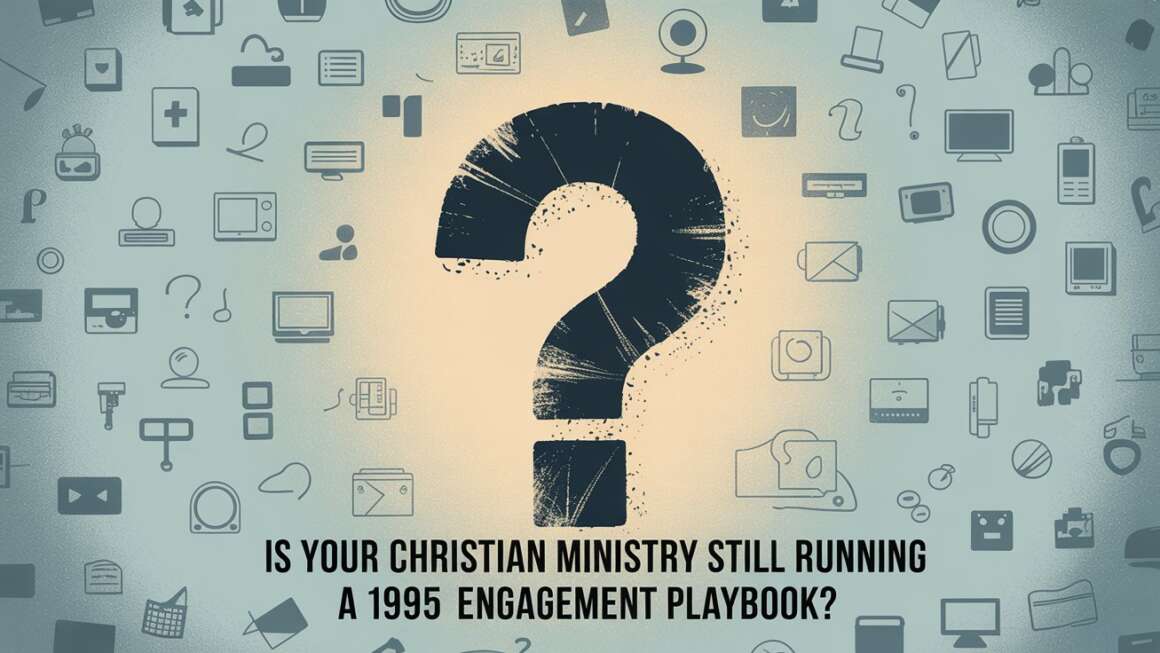The modern church is facing a unique set of challenges when it comes to increasing recurring giving. By leveraging digital tools such as text-to-give, automated giving platforms, and other online giving solutions, churches can more easily communicate with donors and boost recurring donations. By utilizing existing donor data to create targeted donation campaigns, churches can more effectively reach out to their donor base and encourage recurring giving.
Benefits For The Church From A Robust Recurring Giving Program
Recurring giving is an important part of any church’s financial health, providing a reliable source of income that can be used to maintain existing programs and fund new initiatives. Here are some reasons why recurring giving is so essential for churches:
• It creates stability: Recurring giving provides a steady stream of income that can help churches plan for the future and stay financially viable.
• It helps build relationships: Churches that ask members to give recurring donations are actually building a relationship of trust with those members, which can ultimately lead to greater involvement within the church community.
• It encourages generosity: Recurring giving allows people to commit themselves to giving without feeling overwhelmed or discouraged by large lump sum donations.
• It allows churches to plan ahead: With the security of recurring giving, churches can set and reach financial goals more easily. This can be especially beneficial when planning larger projects like building a new facility or launching outreach programs.
But there are also several challenges to getting the majority of church attendees to set up consistent stewardship through recurring giving.
4 Challenges To Get The Majority Of Church Attendees To Set Up Recurring Giving
1. Lack of awareness: Many church members are unaware of the convenience and potential financial impact of recurring giving. They may not understand how their donations can make a difference for the church or have an inaccurate perception that it won’t benefit them in any way.
2. Difficulty setting up: Setting up online recurring donations can be a challenge. Many members may not understand the process, or may be intimidated by technology. Churches should work to make sure that their donation process is clear and easy to navigate so that members can easily set up recurring donations.
3. Incentive: People are more likely to set up recurring giving when there is an incentive for them. Churches should consider offering incentives, such as discounts to events or exclusive access to resources, for members who set up recurring donations.
4. Regular communication: Churches must be diligent in communicating with their donor base and highlighting the importance of recurring giving. This can be done through emails, newsletters, social media posts, and more. It is also important to emphasize the potential impact that recurring giving can have on supporting the church.
By addressing these challenges head-on and utilizing the latest technology, the modern church can create an effective and sustainable fundraising strategy that will help them better serve their members and further their mission.
THEN WHAT?
Now more than ever, churches need to be creative and innovative in their fundraising strategies in order to meet the needs of their congregations and reach their financial goals. It’s up to the church leadership to articulate the needs, disciple individuals regarding financial stewardship, and inspire people to use technology to establish the habit of giving generously.
One way to do this is by emphasizing the importance of establishing recurring giving routines among members. Churches need to invest in educating their members about the advantages and benefits of setting up regular donations, as well as finding ways to make it easy for them to set up their own recurring gifts.
Churches should also look into developing a comprehensive stewardship program that encourages members to give regularly and in the most effective ways. This can involve leveraging donor data, offering incentives, implementing automated giving platforms, and more.
By taking the time to invest in educating and engaging with members, today’s churches can create a successful recurring giving strategy that will help them more effectively reach their fundraising goals.
3 Basic Approaches Pastors and Executive Pastors Should Consider
First, churches need to adopt online giving solutions that allow members to easily and conveniently make recurring donations. User experience is critical. It cannot be clunky or hard to go through and donate, even on the first try. In today’s world, an online giving platform that accepts credit cards and bank transfers is a must for any church seeking to maximize its fundraising efforts. For example, a top priority is for the online giving platform to be optimized for mobile devices, allowing members to make donations on the go. The majority of website traffic comes from mobile devices today.
Second, churches should create campaigns that focus on building relationships with donors and creating an emotional connection between the donor and the ministry. Through stories, videos, and other engaging content, churches can share the impact their ministry is having on members of their congregation and in the community.
Third, churches should look for opportunities to partner with local businesses and organizations in order to expand their donor base. Through partnerships, churches can create more visibility for their ministry and provide access to a larger pool of donors. Churches can partner with local organizations in a variety of ways to increase their giving base. By forming strategic partnerships, churches can collaborate with other nonprofits, businesses and community groups to increase visibility and create new donor opportunities. Churches can leverage the reach of their partners’ networks, as well as benefit from shared resources and expertise. For example, churches can co-host fundraising events, cross-promote campaigns or collaborate on community outreach initiatives. Many local businesses would be interested in partnering on projects that invest in the community together. This would provide broader exposure for the church and also position it’s outreach and care in meaningful ways to a whole new audience in town.
By utilizing these strategies, pastors and executive pastors can ensure that their church is well-positioned for success in the digital age. By creating an effective online giving platform, engaging with donors and forming strategic partnerships, churches can find creative ways to increase recurring donations and support their mission. With the right approach, modern churches can make a bigger impact on their communities while growing faithful giving and sustaining long-term financial
Beyond ensuring online giving is accessible, the promotion of recurring giving is a strategy that every church needs to consider. When a church member sets-up recurring giving, it provides numerous benefits to the giver. It helps cultivate a spirit of stewardship and encourages faithful giving, as it allows members to give intentionally and systematically over time. Through recurring giving, members are better able to align their resources with their values. This also allows churchgoers to tithe responsibly by setting a predetermined amount that is proportionate with their budget and lifestyle.

Fundamental Strategies To Promote Recurring Church Giving
There are several strategies that churches can use to encourage recurring giving. Here are some of the most effective:
• Create an inviting giving experience: Many churches use a combination of printed and digital material to communicate with members about their giving opportunities. This allows members to set up recurring donations quickly, easily, and securely.
• Utilize social media: Social media can be a great tool for churches to reach out to their members and let them know how they can give. This is especially important for churches that have a large number of younger members.
• Provide incentives: Offering incentives like discounts on church merchandise or special events can be an effective way to encourage recurring giving.
• Involve the congregation: Churches should consider involving their members in the giving process by creating opportunities for them to be actively involved in fundraising activities.
Recurring giving is an invaluable tool for churches, providing a reliable source of income and helping foster meaningful relationships with church members. By utilizing these strategies, churches can increase recurring giving and help ensure their long-term financial success.



